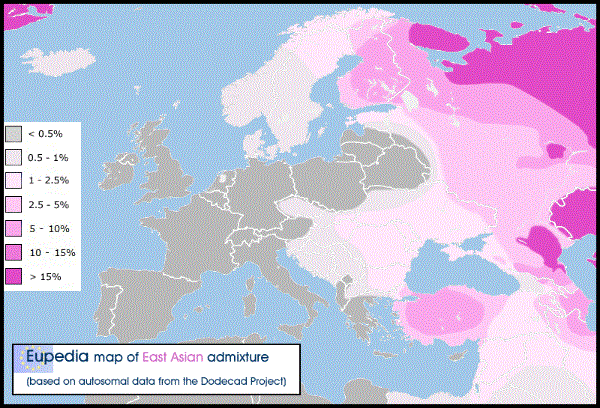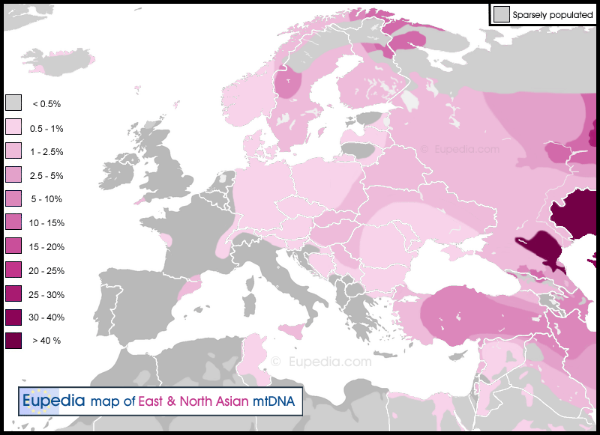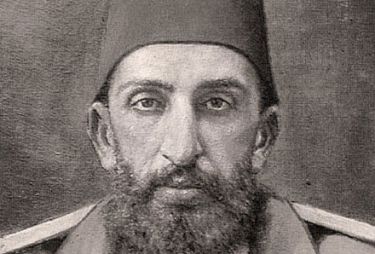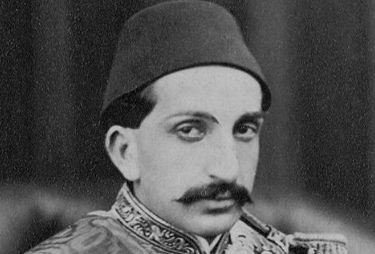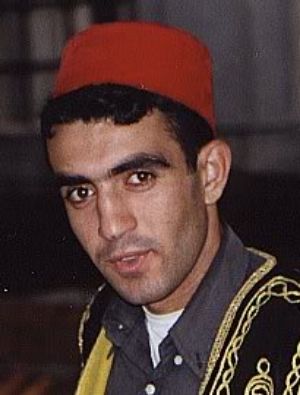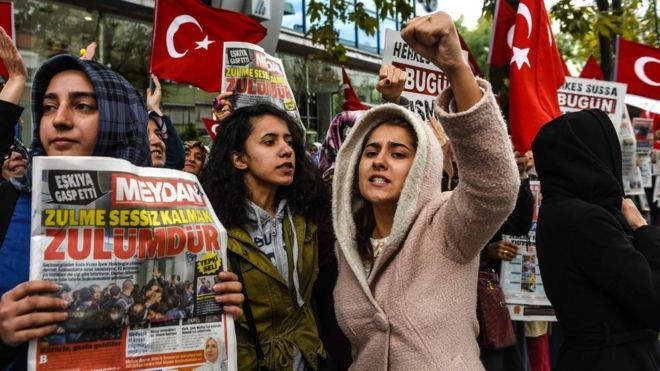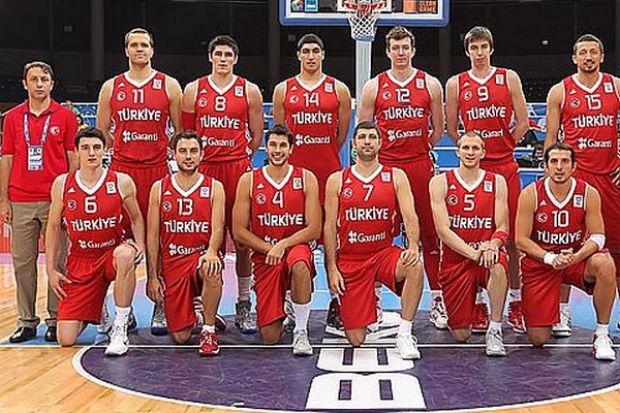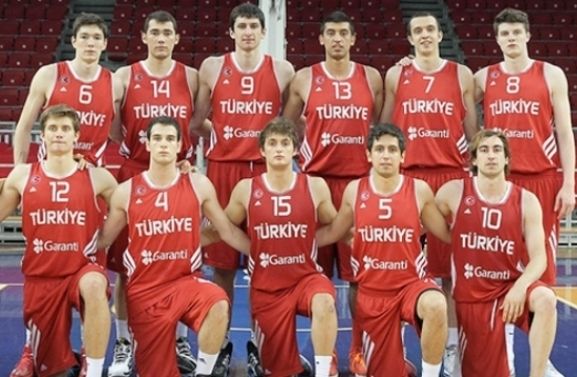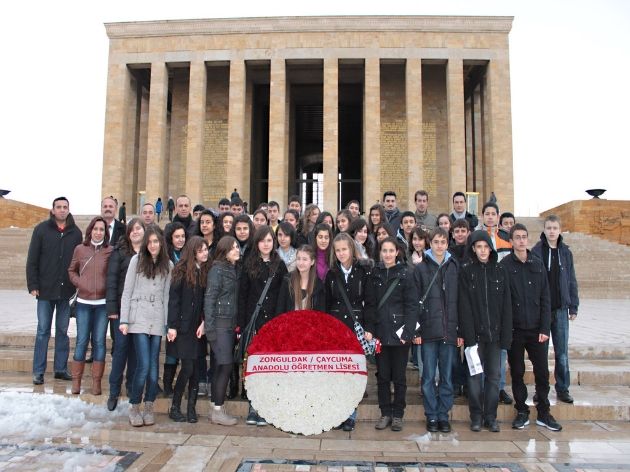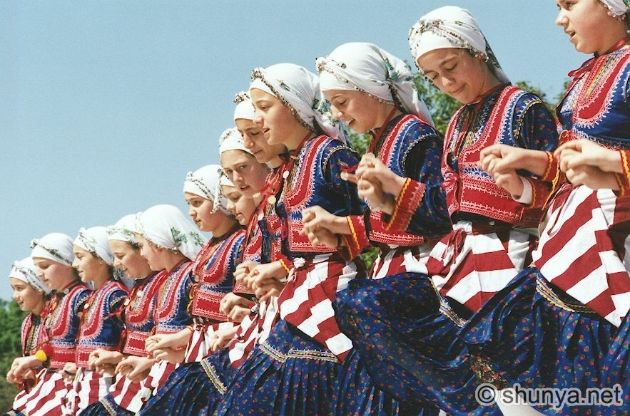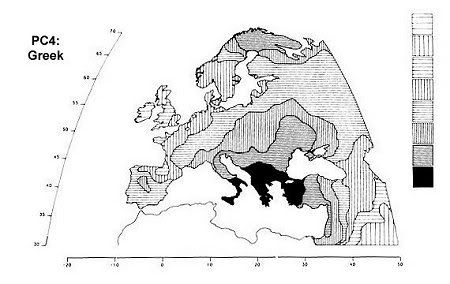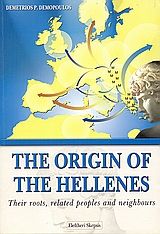Post by Admin on Nov 29, 2022 22:23:07 GMT

The triumph of Dionysus, depicted on a 2nd-century Roman sarcophagus. Dionysus rides in a chariot drawn by panthers; his procession includes elephants and other exotic animals.
The Dionysiaca /ˌdaɪ.ə.nɪˈzaɪ.ə.kə/ (Greek: Διονυσιακά, Dionysiaká) is an ancient Greek epic poem and the principal work of Nonnus. It is an epic in 48 books, the longest surviving poem from antiquity at 20,426 lines, composed in Homeric dialect and dactylic hexameters, the main subject of which is the life of Dionysus, his expedition to India, and his triumphant return to the west.
"Dionysus sets his army in motion until they encounter the first Indian contingent, led by Astraeis. Hera deludes Astraeis to go to battle against the Bacchic troops. Maenads and satyrs massacre the Indian troops until Dionysus takes pity of them and turns the waters of the neighbouring lake Astacid. The Indians try wine for the first time."
"The Indians become drunk, fall asleep and are bound by the Dionysiac troops."
"Dionysus' earlier intervention in the first battle against the Indians."
"The Bacchic troops massacre the Indians."
"Dionysus leaves the bottom of the sea, joins his troops and prepares for battle."
"The Bacchic army starts to cross the Hydaspes using strange means of navigation."
"The Bacchic army finishes crossing the river only to find that Deriades has placed his troops on the other bank of the river."
"In the forest, the Bacchic troops celebrate their victory."
"Catalogue of Indian troops: fourteen contingents from the Indus valley and the eastern areas of the Median empire."
"Dionysus goes back to battle and massacres the Indian troops."
"Dionysus rejoins his army."
en.wikipedia.org/wiki/Dionysiaca




